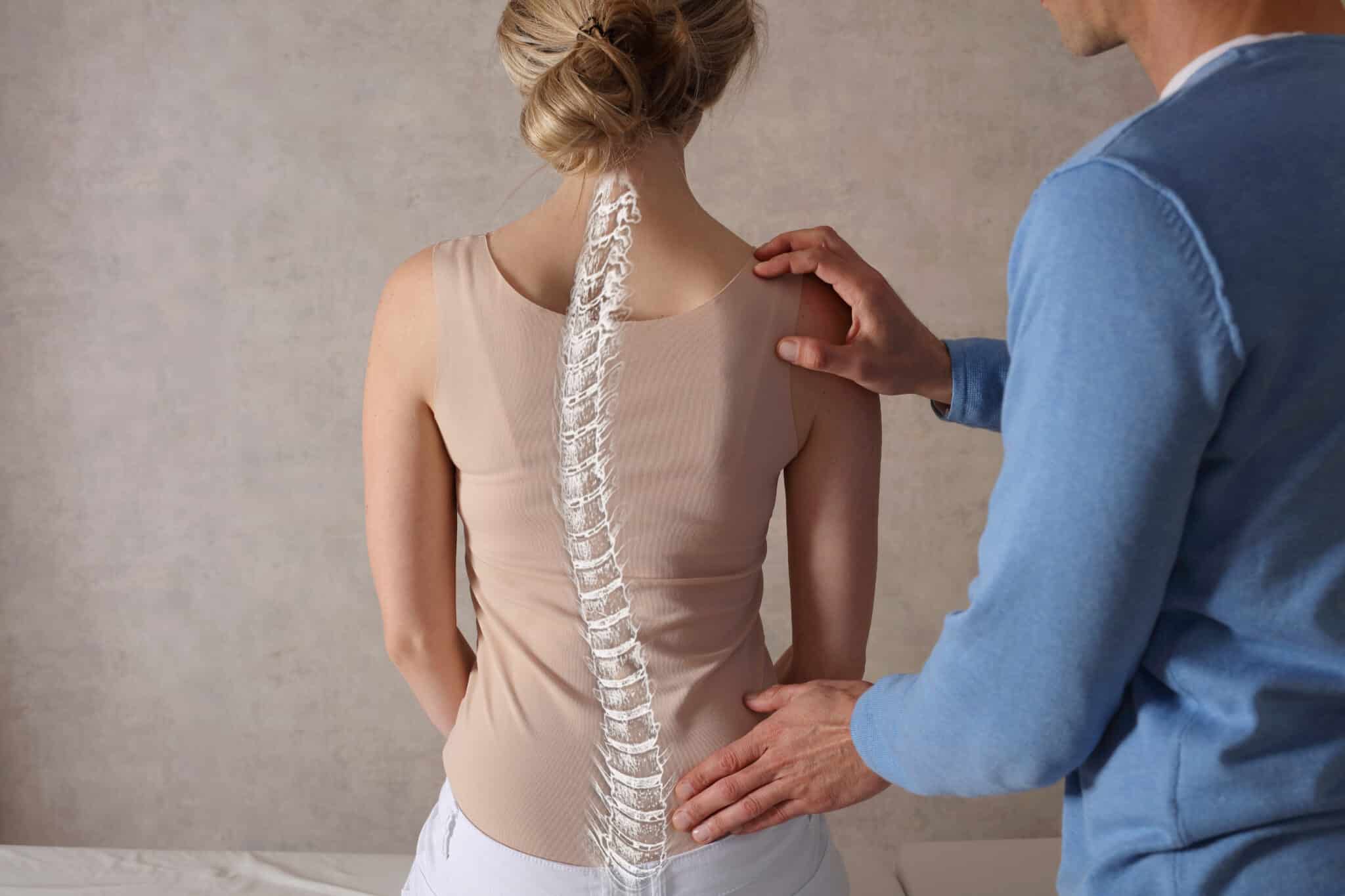What is the Schroth Method?
The Schroth Method is a specialized form of physical therapy designed to treat scoliosis, a condition characterized by an abnormal curvature of the spine. It was developed by Katharina Schroth in the early 20th century and has since been refined and expanded by her daughter, Christa Lehnert-Schroth, and other practitioners.
The key principles of the Schroth Method revolve around three-dimensional scoliosis treatment. It aims to de-rotate, elongate, and stabilize the spine in order to improve posture and function.
What is type of exercises are involved?
Specific exercises are prescribed based on the distinct curve patterns, severity, and the patient’s functional capacity and mobility. The aim is to instill a heightened sense of postural awareness and alignment through targeted positions, repetitions, and synchronized breathing.
Some of the components of the Schroth method include:
- Postural Awareness: One of the fundamental aspects of the Schroth Method is learning how to be aware of your posture in daily activities. This includes sitting, standing, and moving with conscious effort to promote better alignment.
- Breathing Techniques: The method emphasizes specific breathing patterns to encourage thoracic (mid-back) expansion and facilitate better spinal alignment. Proper breathing helps to open up compressed areas of the ribcage.
- Isometric and Eccentric Muscle Training: This involves specific exercises that target the muscles around the spine. These exercises are tailored to the individual’s curve pattern and are intended to strengthen the weaker muscle groups while lengthening the stronger ones.
- Props and Aids: The Schroth Method often employs various props like wedges, bars, and belts to support the individual in achieving corrective positions and postures.
- Mirror Feedback: Practitioners often use mirrors to provide visual feedback to patients, allowing them to see and correct their own posture.
Who benefits from the Schroth method?
The Schroth Method benefits individuals of all ages who are dealing with scoliosis. Furthermore, individuals who have undergone scoliosis surgery can use the Schroth Method to help maintain postural correction and support their recovery.
How long does therapy last?
Therapy sessions typically span 40 to 45 minutes and may range from four to eight sessions for adults, and up to 20 sessions for adolescents. The continuation of your home exercise regimen is a lifelong commitment, crucial for sustaining postural correction.
Does the Schroth method cure scoliosis?
The Schroth Method is not a cure for scoliosis, but rather a therapeutic approach aimed at managing the condition and improving quality of life for individuals with scoliosis. These exercises often improve curvature but may not entirely straighten the spine.
The expected outcomes of utilizing the Schroth Method may include:
- Curve Stabilization: The method aims to halt or slow down the progression of scoliotic curves, particularly during periods of growth in children and adolescents.
- Improved Mobility: Through targeted exercises, individuals may experience increased mobility and range of motion, which can enhance overall function.
- Pain Reduction: Many individuals report a reduction in pain and discomfort associated with scoliosis after incorporating the Schroth Method into their routine.
- Enhanced Posture: The method focuses on aligning the spine and improving posture, which can lead to a more balanced and upright stance.
- Improved Respiratory Function: By emphasizing proper breathing techniques, the method may enhance respiratory function, which can be affected by scoliosis.
Summary
The Schroth Method is a specialized form of physical therapy to treat scoliosis, characterized by an abnormal spine curvature. It focuses on three-dimensional treatment, aiming to de-rotate, elongate, and stabilize the spine for improved posture and function. Tailored exercises based on curve patterns, breathing techniques, and the use of props are key components. It benefits individuals of all ages, including post-surgery patients, offering a non-invasive approach. Therapy sessions last 40-45 minutes, and consistent home exercises are crucial for long-term benefits. While not a cure, the Schroth Method aims to stabilize and improve scoliotic curves, enhance mobility, reduce pain, and enhance posture and respiratory function.
